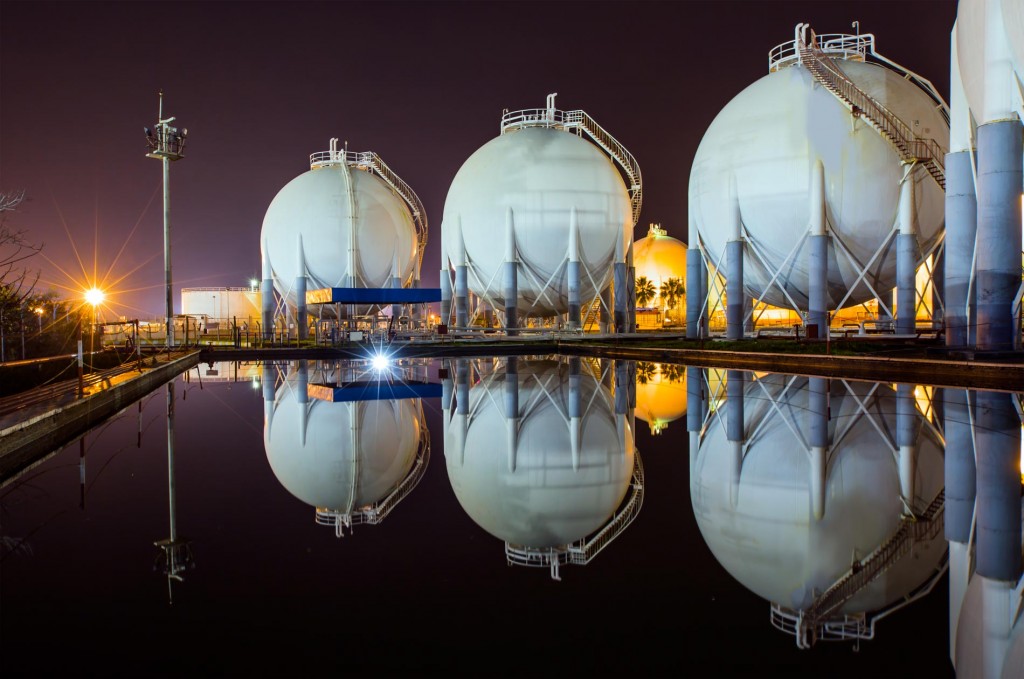When we talk about helping Aussies to save money on their energy, most people assume we just mean electricity because it’s one of the more common energy sources used to power our homes and businesses. But we’re also talking about natural gas, which is one of Australia’s most valuable fossil fuels.
The only thing most of us know about natural gas is that when you turn the dial on your stove, it’s there; that pungent gas scent, which is added by gas companies because natural gas is actually odourless, wafts out of the jets until it catches alight.
But natural gas has an interesting and storied history, and since Australia’s natural gas reserves are the tenth largest on the planet, we thought we share some of that history with you.
But first, where you do find natural gas?
It’s thought that natural gas was formed millions of years ago when plants, gases, and animals were buried by layers of mud and rocks, which continued to build up over many thousands of years, until the heat and pressure turned the into gas. When this gas accumulates in a subsurface reservoir, it’s known as conventional gas.
Australia’s natural gas reserves are some of the largest in the world, with our biggest pockets located in Western Australia and the Northern Territory, as well as smaller reserves in Victoria Queensland, South Australia, and New South Wales.
But even though our reserves are significant in size, the many, many uses we have for natural gas means that our supply – and indeed, the world’s – is somewhat limited. That’s why many people are increasingly turning to other natural energy sources, such solar and wind turbine, to supplement our gas supply.
So, how does it get from the gas reserve to your stovetop?
The gas supply chain is made up of three sections: upstream (exploration and production), midstream (transmission), and downstream (distribution and retail), and each section is as vital as the next.
Upstream: This point in the supply chain is dedicated to exploring new gas reserves and extracting the raw natural gas. Gas reserves are mined, using a single vertical drill to create a gas well, deep in the earth’s surface. Once extracted, the gas is kept in its original form, and requires only a small amount of processing before it can be transported.
Midstream: Once gas has been extracted and processes, it’s then transported to regional distributors across the country through pipelines buried deep underground in easements, which protects the pipelines from any damage that might disrupt the supply.
Downstream: Each regional gas distributor passes the supply to a number of local distributors, of which there may be various different distributors operating in each state.
A distributor is different to a retailer. A distributor is responsible for maintaining the gas pipes and the reliability of the energy supply in your area, while a gas retailer is responsible for managing your gas account; it’s the retailers that Bulk Energy deals with to get you a better deal on your gas or electricity.
So that’s a potted – or mined, we should say – history of where natural gas is found, and how it gets to your home. If you’d like to reduce the cost of your gas (or electricity) bills, join the Bulk Energy Movement. We’ve already helped thousands of Aussies to reduce their energy bills, and we can help you too. Get in touch today!








